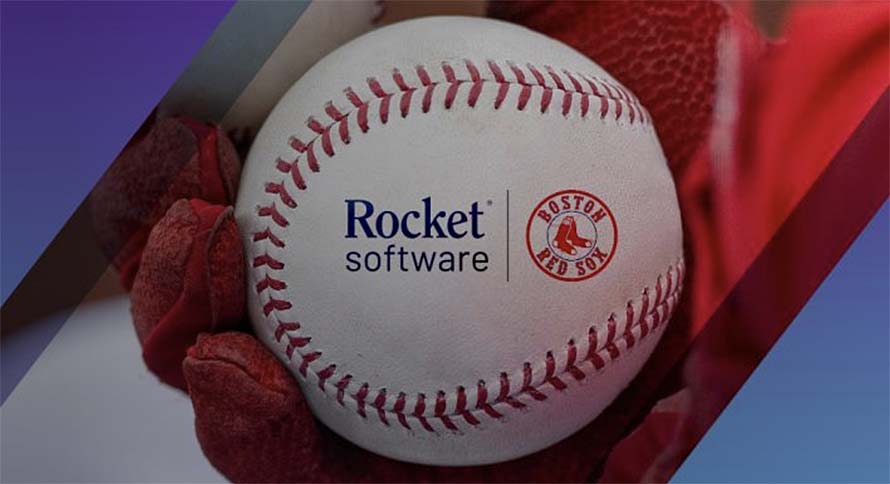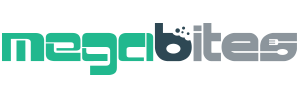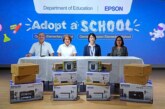
by Praveen Kumar, Senior Vice President & General Manager for APAC at Rocket Software
For years, businesses that use mainframe technology have been seeing their seasoned professionals retire. Now, companies are struggling to find new talent to fill this skills vacuum, and when they do, it is difficult to properly train them without those established experts to offer guidance. By 2030, the lack of talent will strike harshly on Asia Pacific with the region at risk of having a shortage of 47 million workers. This will accumulate to USD4.238 trillion in unrealized annual revenue. One of the challenges is the market focus on newer coding languages, meaning young people interested in IT careers have a misconception that mainframe technology is no longer relevant.
This is far from the truth — studies show that mainframe workload is increasing and for businesses using mainframe technology, it forms the backbone of their digital customer interactions. That means that without knowing it, many people are engaging with technology that relies on the mainframe every day, from buying a concert ticket to using an ATM. To combat this perception problem, companies seeking to attract mainframe professionals need a strategy for communicating the right messages to the right people and the best tools to modernize the mainframe experience.
Here are three tips companies can use to highlight the opportunities available in the mainframe space.
1. Don’t Limit the Candidate Pool
Managers looking to hire candidates with the same expert-level resume as the professionals who are retiring are going to face inevitable disappointment. Searching for those same skillsets and depth of experience will be unproductive, as candidate pools continue to decline without the addition of new talent. To effectively seek out new hires, companies must expand their candidate pools. While these recruits might not have all the skills yet, they have the potential to bring immense value to your company with the right support.
One way to expand the candidate pool is to recruit people who are changing career paths or industries. As conversation around the “Great Resignation” continues, companies must recognize that there is a growing group of professionals looking to make a change. Across the Asia Pacific, employees in India are more likely to consider a major career change. Other countries in the region also exhibit a similar trend, with 75 percent of Singaporeans finding new careers for better job security. These applicants may not have IT backgrounds, but they bring new perspectives that can lead to innovation and other benefits for an organization. Taking the time to reskill and upskill these applicants creates a new pipeline for hiring.
Another common way companies limit their candidate pool is by restricting hiring to those with traditional four-year degrees. Instead, consider offering apprenticeship programs that build employee expertise from the ground-up and help them succeed at the company by providing the appropriate training. At the end of the program, employers can choose to extend full-time offers. Businesses are prioritizing reskilling while they partner up with employees to develop new attractive work environments.
2. Invest in Resources
Companies know that recruiting requires investment. They also know that employees are their biggest asset, and the return on this investment is worthwhile. One place to start with filling the mainframe skills gap is with the education system. Companies can explore burgeoning relationships with institutions to include these skills in curricula, such as teaching students COBOL.
Once candidates graduate (hopefully with some foundational mainframe skills) companies need to broadcast messaging that appeals to them. Illustrate why the mainframe is an exciting technology with powerful, mission-critical capabilities. Also communicate the opportunities for growth – as many professionals in the industry retire, there is the chance to quickly gain responsibility and provide value, resulting in job security and good compensation. Businesses need to advertise these selling points to potential hires to gain their interest.
3.Tailor the Workplace Experience
Employee churn has high costs, which is why it is important to tailor the workplace experience to this next generation of mainframe professionals to increase retention. This should include proper training, support and benefit offerings to encourage employees to stay with a company. In Southeast Asia, 43 percent of candidates rank company culture as a top priority when applying for a vacancy. Additionally, younger professionals expect flexibility like remote working or outside of traditional 9 to 5 hours. When employees are able to control their time and location, they are increasingly happier and likely to recommend it as a place to work.
Mainframe managers should also be aware that these professionals are digital natives with new expectations for engaging with technology. Traditional mainframe interfaces with poor user experiences may deter them. Organizations will need to modernize their tools with user-friendly graphical interfaces, this way even non-experts can maintain mainframe operations. Rocket products provide solutions to uniquely support the employee experience and take advantage of the latest technologies for web, mobile, analytics and cloud while protecting mainframe investments.
Filling the mainframe skills gap is essential to keeping these mission-critical technologies operating. As mainframes continue to support businesses across industries, successful organizations will be the ones that invest in the best tools and the top talent.
Praveen Kumar is the Senior Vice President & General Manager for APAC at Rocket Software. Responsible mainly for sales and marketing, Kumar has been instrumental in growing Rocket’s business activity and presence in the region. With almost 20 years of experience in sales, service and software development, Kumar has developed his expertise in the industry through his stints at T-Systems (Asia Pacific), IBM for Asia, IBM Global Services and Nortel Networks.
![]()







